
The Matilda Effect is the work and inventions of women scientists being stolen by their male colleagues. We have made content for you this situation, which marginalizes women, does not value their work, and reveals the answer to why the number of women scientists is less.
1) Cecilia Payne
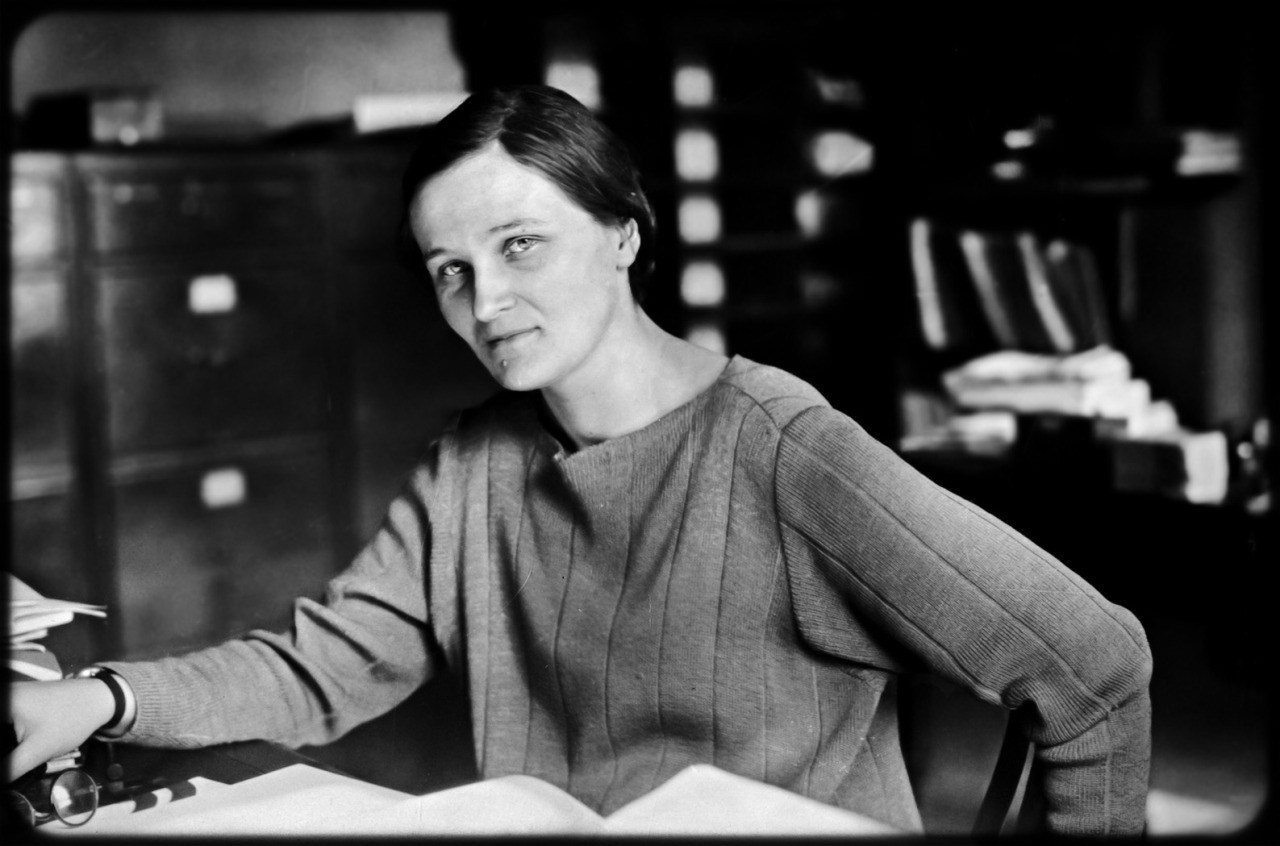
When Cecilia Payne discovered that stars are composed of hydrogen and helium, Henry Russell, who studied her work, rejected the conclusion. Because, according to Henry, Cecilia’s conclusion was contrary to general acceptance and the nature of the time. That’s why he didn’t publish her article. Seeing that Cecilia’s work was correct in his own work four years later, Henry published his discovery article without mentioning Cecilia. Just as Tesla was awarded the Edison Award, Cecilia was awarded the Henry Norris Russell Award in the following years, which did not keep her article published.
2) Lise Meitner
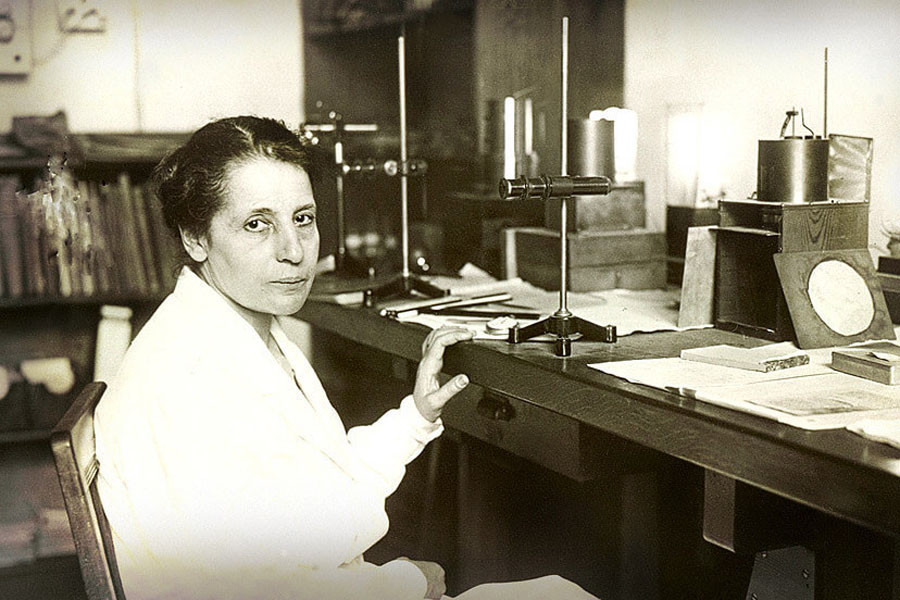
Nuclear physicist Lise Meitner was assisting by letter to her colleague Otto in Germany, whom she had to leave due to Nazi pressure. One day, Otto collided uranium atoms with neutrons in the laboratory, but when he could not interpret the result, he again asked her for help. Lise had calculated the energy released as a result of the collision and discovered nuclear fission, the mechanism that splits the atomic nucleus. Although this invention paved the way for the development of the atomic bomb, Lise refused to work on this project. Otto, on the other hand, took ownership of the entire work. Years later, when Otto received a Nobel Prize, he never mentioned Lise. However, many years later, element 109 was named “Meitnerium” in his memory.
3) Vera Rubin
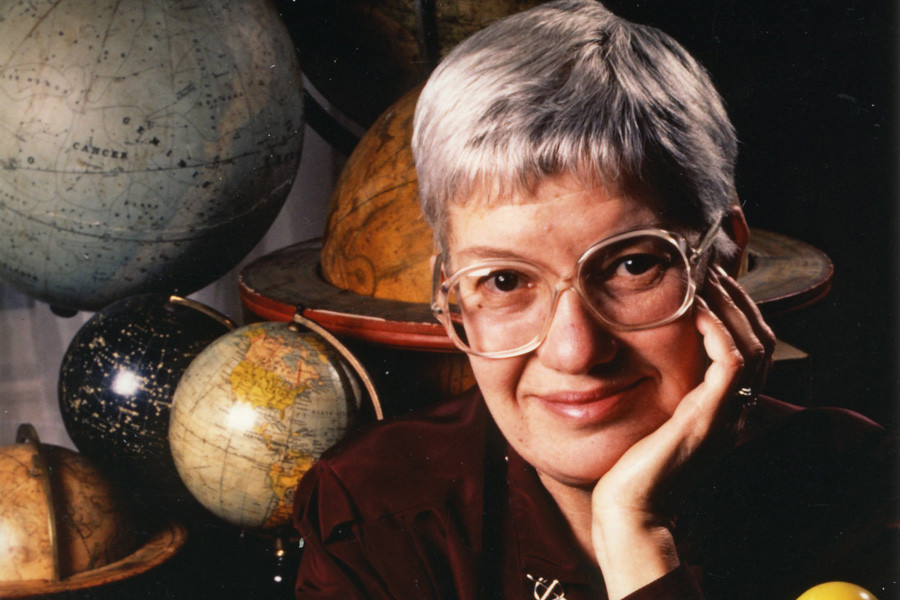
When Vera Rubin discovered that extragalactic stars have the same velocity as the central stars, her male colleagues didn’t believe it. In the following years, no one even took it into account when she discovered dark matter, the matter that is supposed to cover 25% of the universe. However, the discovery of dark matter was one of humanity’s greatest discoveries and was unlikely to win the Nobel Prize, but her work was ignored. When a similar discovery was made in 2006, nearly 20 years after this discovery, it was revealed that Vera had been treated very unfairly.
4) Chien-Shiung Wu

Chien Wu worked on the atomic bomb project, also known as the Manhattan Project, and was one of the most important theoretical physicists of his time. One day, two male colleagues came and said that they would help to refute the Synonym Conservation Law, which was widely accepted at the time. Wu’s experiment with them shattered a 30-year-old belief. However, his colleagues took the result of this experiment to themselves and received the Nobel Prize.
5) Rosalind Franklin
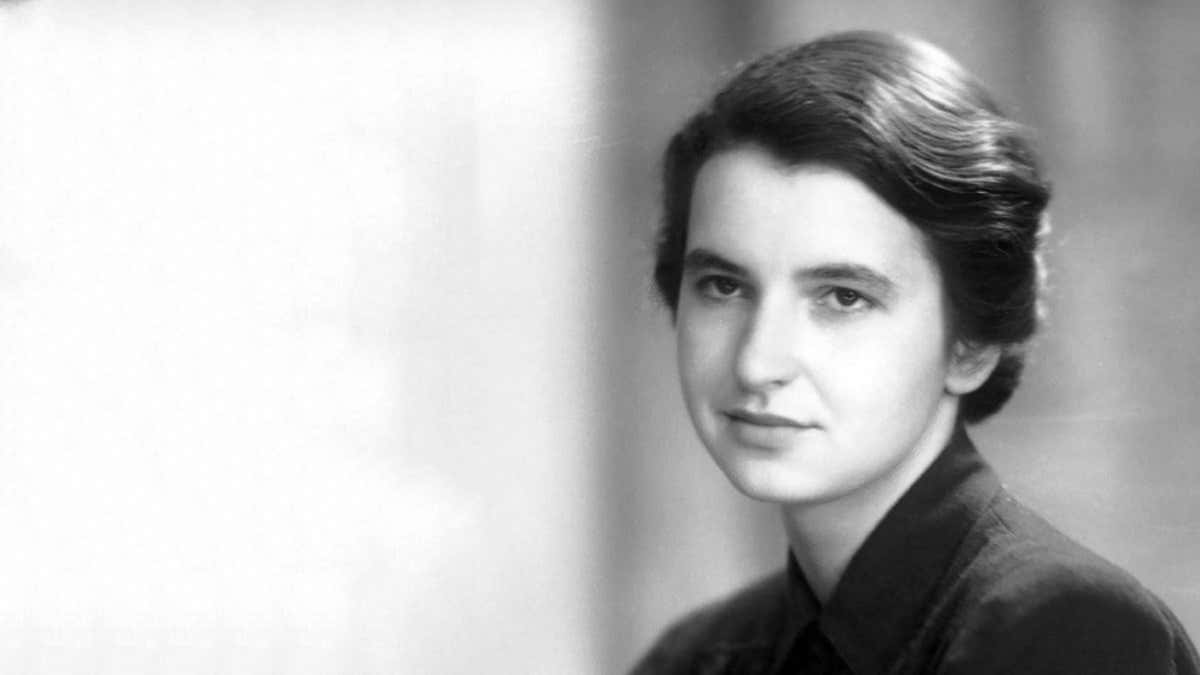
When Rosalind Franklin finished her PhD and got a job at a different university, she encountered Wilkins, who was working on DNA like herself. Wilkins, who treated Rosalind more as her assistant than as a researcher leading her own project, also looked after her work. One day, unbeknownst to Rosalind, she shared her famous DNA image, known today as “Photo 51”, with two different academics. Watson and Crick, who studied the image, published a joint series of papers with Wilkins. Years later, when Watson, Crick and Wilkins won the Nobel Prize, Rosalind, who had died years earlier, was not even mentioned at the award ceremony.
6) Esther Lederberg
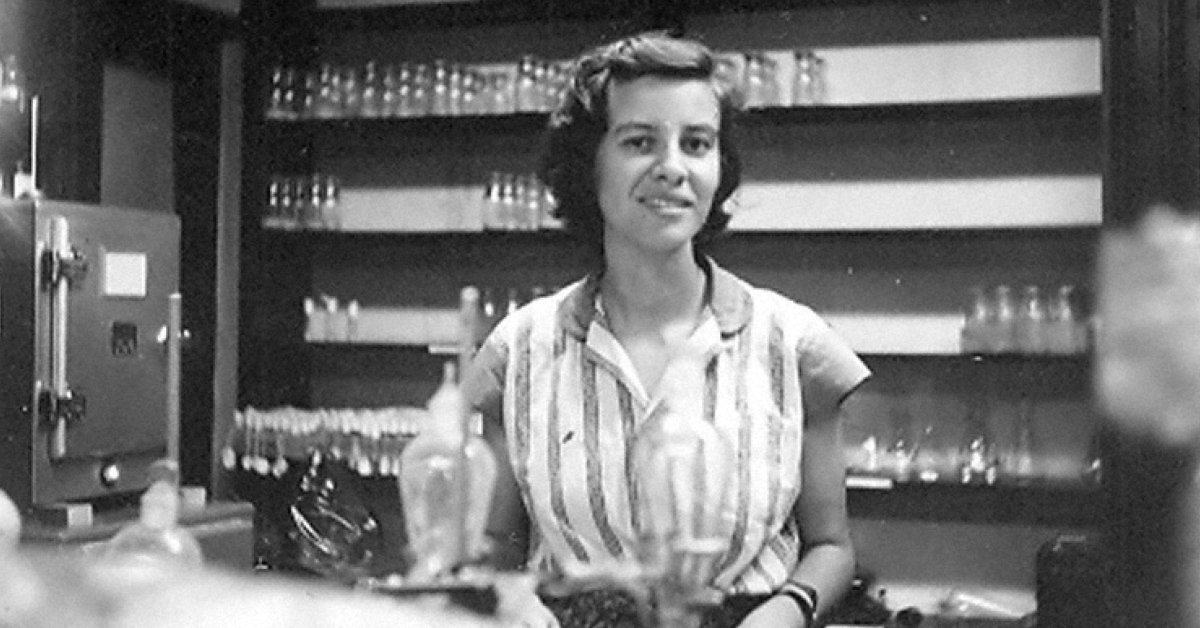
Together with her first husband, Joshua, Esther Lederberg conducted studies to examine antibiotic resistance and published the results together. However, the Nobel Prize Committee chose to ignore Esther and give her husband and two male colleagues the award.
7) Nettie Marie Stevens
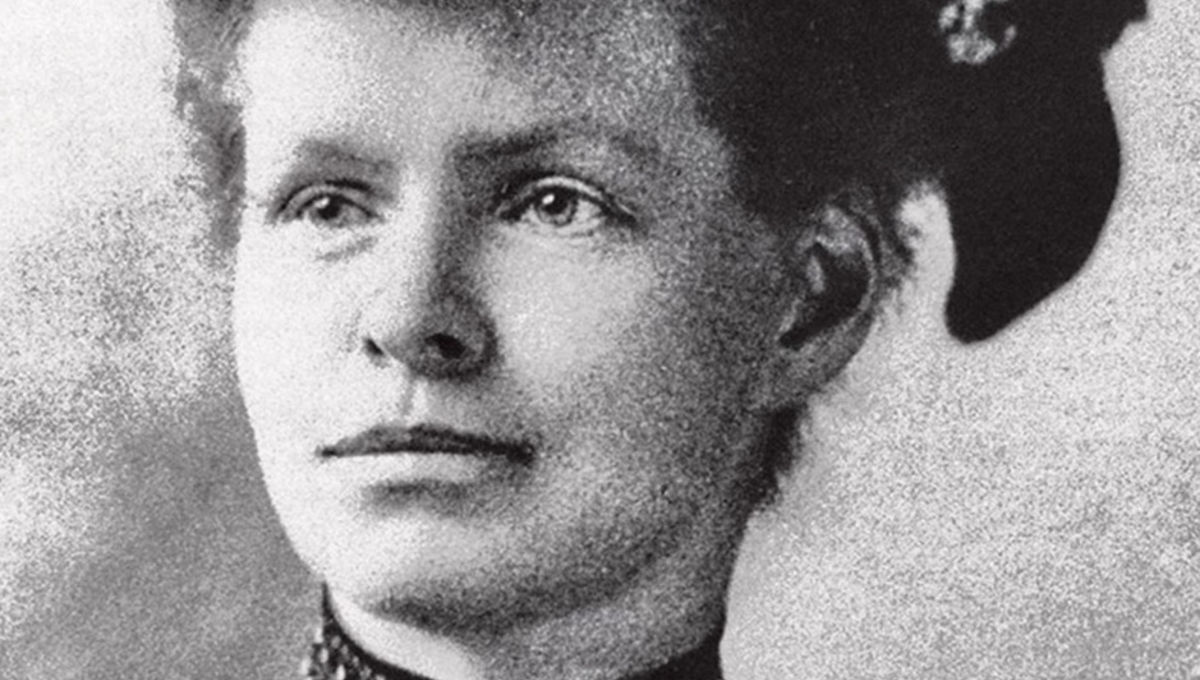
Nettie Marie Stevens was a 39-year-old researcher when she made one of the most significant breakthroughs in the history of genetics. Netti had found out what the sexes of babies were, the X and Y chromosomes, which had been debated until then. However, the Nobel prize was not awarded to Netti but to Thomas, his male colleague in the department, who made the same discovery at the same time.
Finally, let’s examine the graph below showing the distribution of the Nobel Prizes awarded so far as evidence for the Matilda Effect by gender:
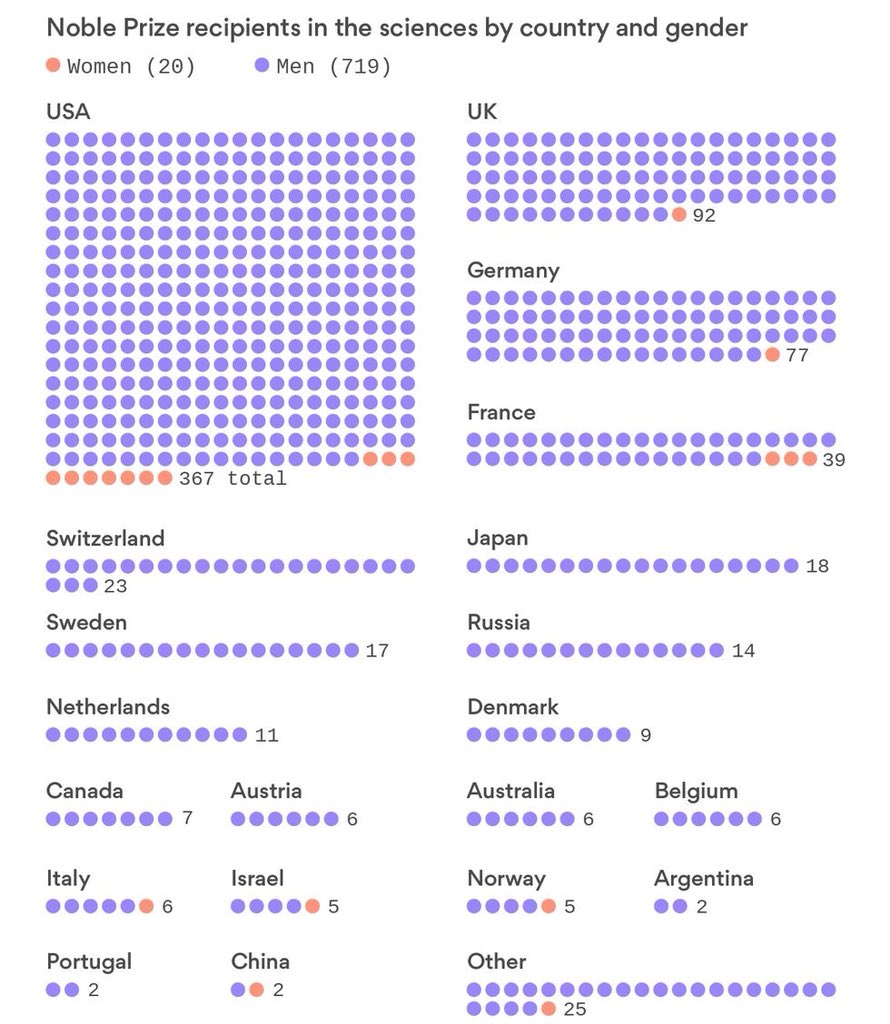
Yes, you did not see it wrong. 719 men and only 20 women have received the Nobel Prize so far.















